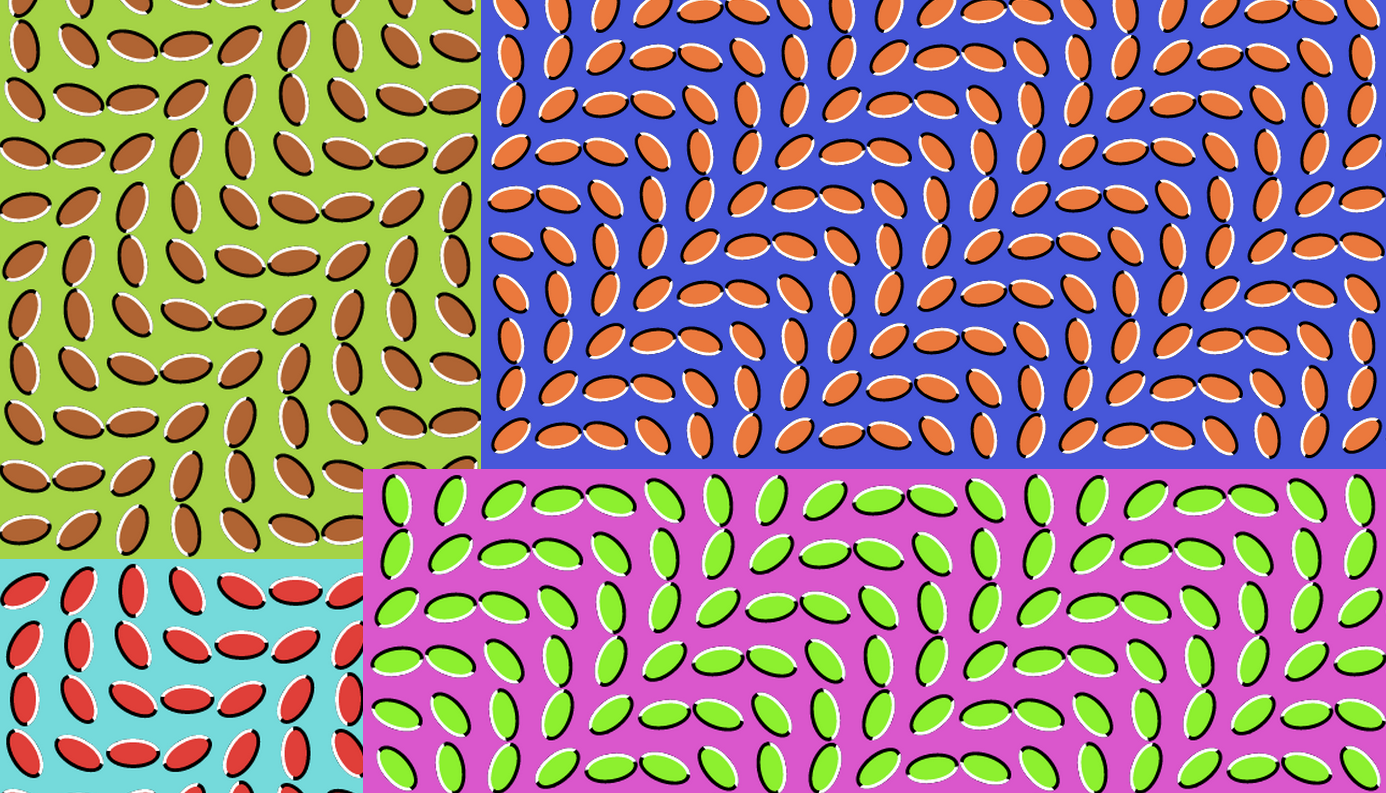After watching a Bret Victor talk we (@enjalot and @mrejfox) got inspired to bring creators closer to their mediums through interactive code.
Tributary was created a year ago today to help people move from idea to reality faster, and we're awful proud of it. We celebrate by taking a look at how it's been used.

Designers and programmers often speak different languages, and while they are
trying to build the same thing they are primarily concerned with solving
different aspects of the same problem.

In order to stay on the same page EJ and I wanted a way to incrementally build on each other’s work. While we worked together, ideas and possibilities were in no short supply, the trick was working out how to implement them. We wanted a fast way to pass a single piece of work back and forth until it reflected what we wanted to see.
At the time we created Tributary we were working together to create data visualizations with d3.js. D3
ties together many modern web standards, and is both powerful and hard to
learn.

We wanted a way to explore all of these new standards and try out their myriad features. Furthermore, EJ had stronger experience as a visual designer and I had stronger experience as a programmer so we were learning different areas of this brave new world. Tributary helped us share our discoveries. Here's some other ways Tributary has been used in the past year. If I forgot your project, email me and I'll add you!
Work
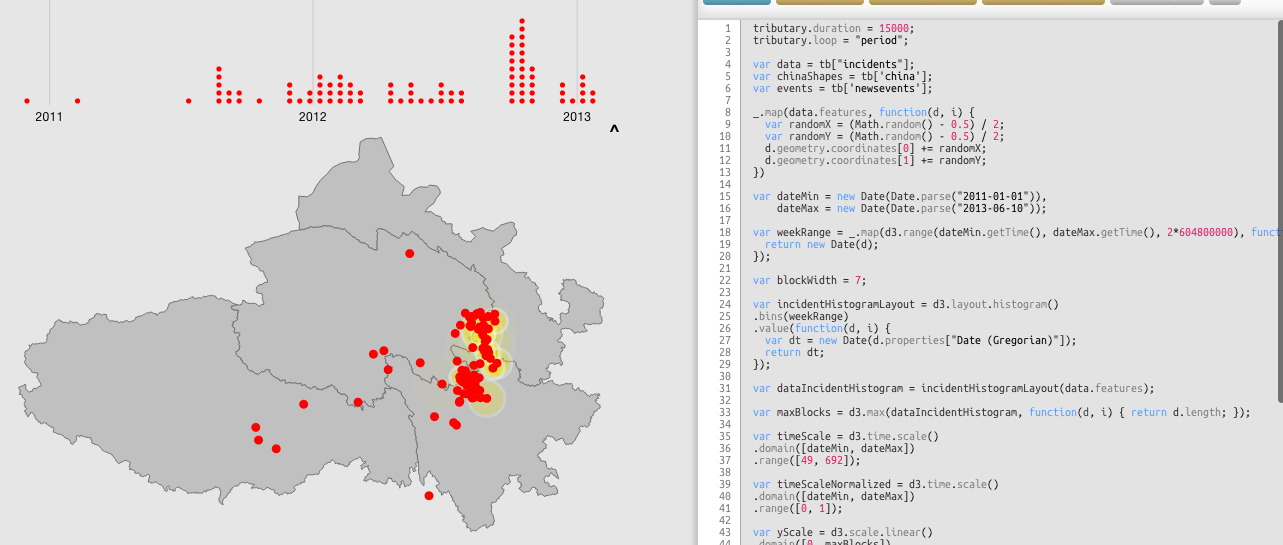

He also uses it to prototype visualizations and app components for Lever http://tributary.io/inlet/3791303
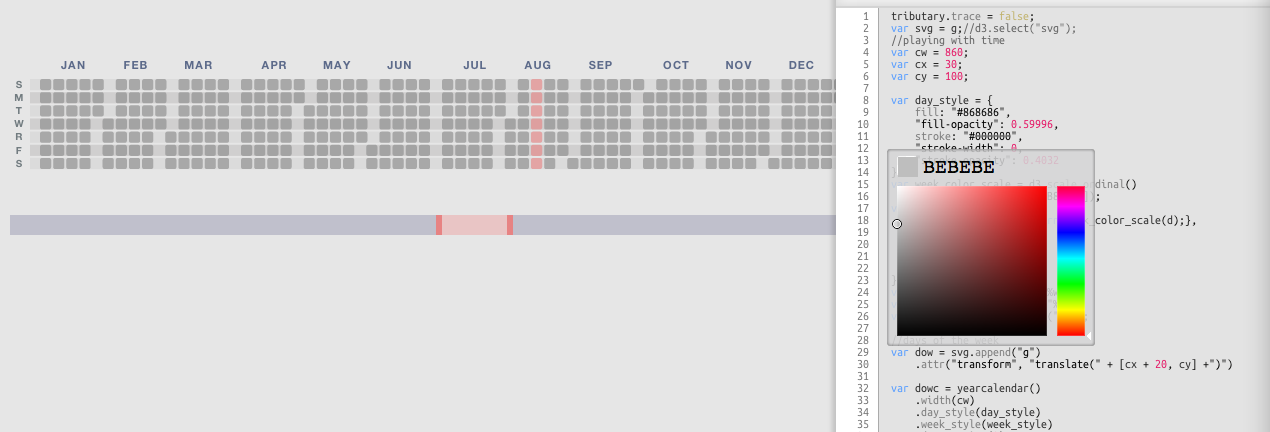
Learn
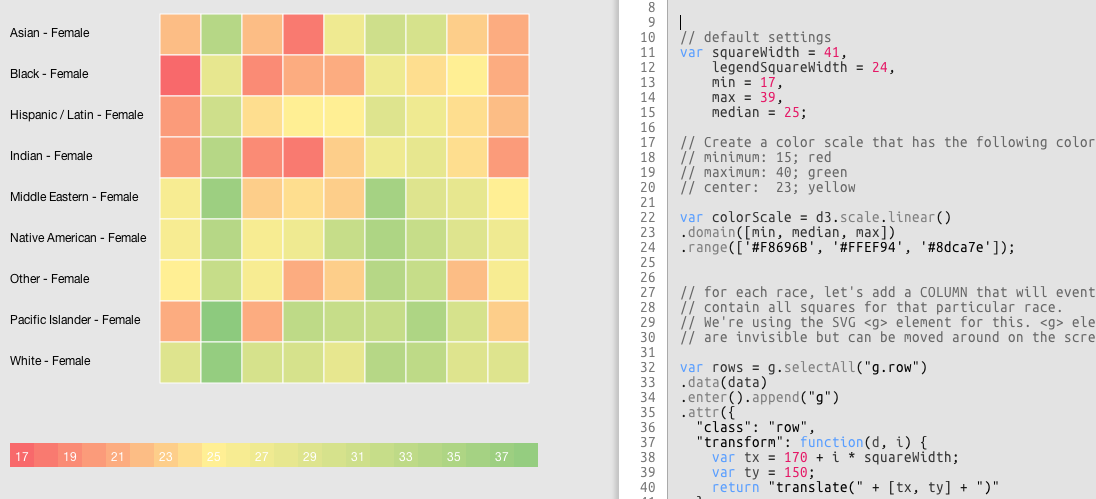
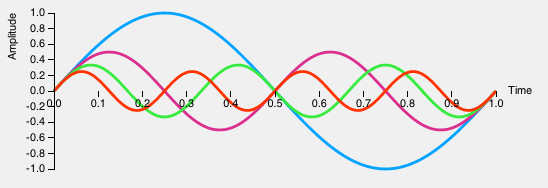
@enjalot uses tributary to live code d3 tutorial videos dot enter dot append
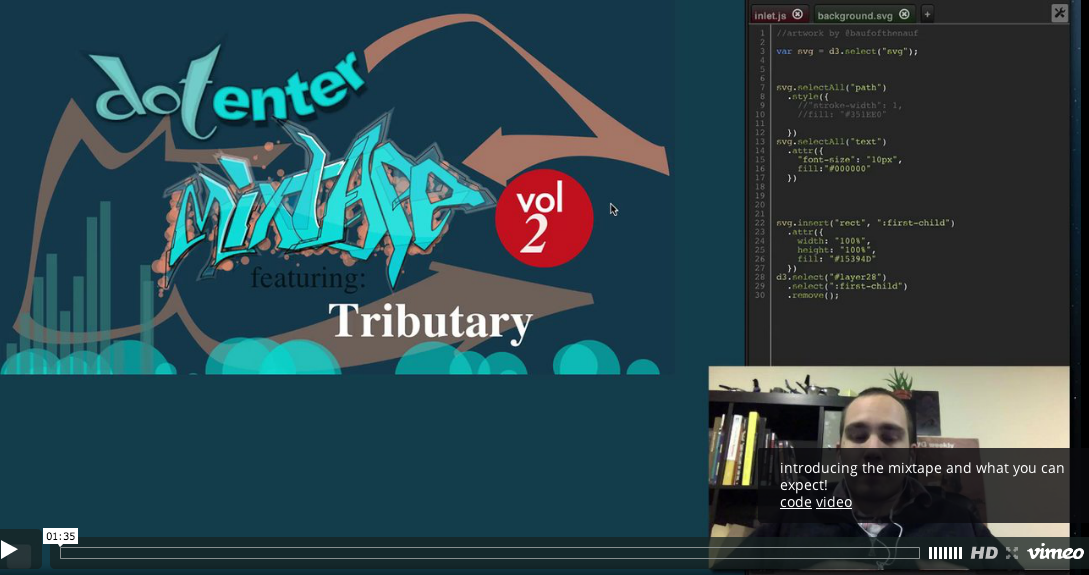
Play
@zeffii http://tributary.io/inlet/5073832
@seliopou http://tributary.io/inlet/4981624
@tmcw http://bl.ocks.org/tmcw/4949603
@enjalot http://tributary.io/inlet/4998357
@zeffii ended up winning

http://tributary.io/inlet/5174963

optical illusions
